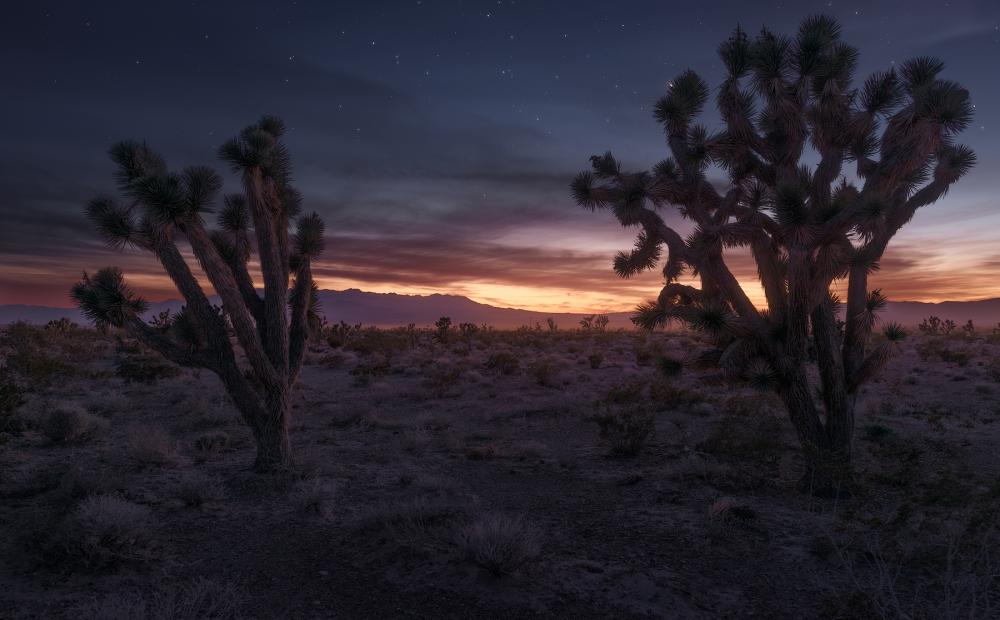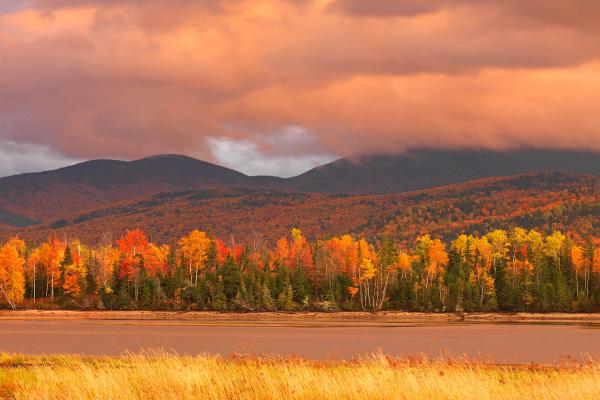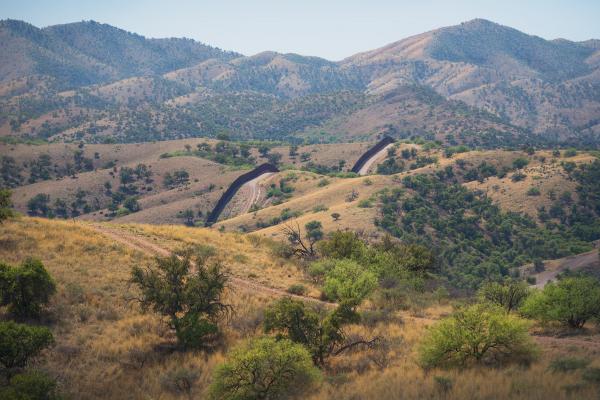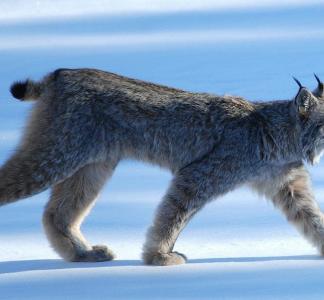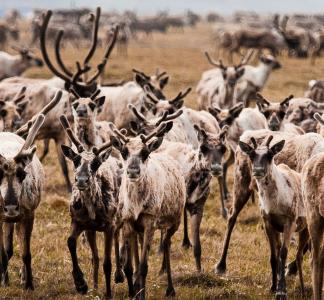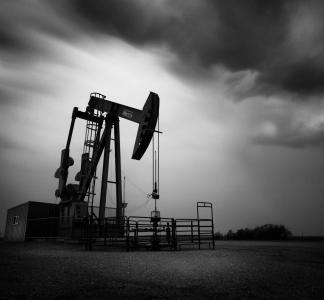Landscape-scale conservation
Mason Cummings, The Wilderness Soceity
Our best chance to help ecosystems stay resilient is to protect large, connected landscapes
Among the biggest threats facing public lands is fragmentation and habitat loss caused by climate change and development. We can mitigate this threat by practicing “landscape-scale conservation.” That means that rather than protecting isolated islands of land, we conserve large, interconnected, unfragmented landscapes that allow wildlife to migrate and move freely.
With human development gobbling up hundreds of thousands of acres of land each year and the impacts of climate change becoming clearer, we are challenged to think about conservation at a much broader scale. Our response includes rigorous scientific research on which lands are most crucial to protect, innovative strategies to keep landscapes intact and political advocacy to help make those approaches part of official policy.
Climate change and rapid development are fragmenting wildlands. Many species have a hard time adapting to these shifts. We work to conserve large, connected and diverse landscapes, maintaining resilient ecosystems where species are free to move in response to new threats.
Explore places we're working to protect
What we're doing
-
Conducting key research
Our scientists work to identify the interconnected networks of public and private lands that are key to protecting the diversity and integrity of whole landscapes.
-
Advocating for landscape protection
We work for public lands to be protected and cared for in a way that preserves broader, regional ecosystems and maintains “habitat connectivity” for wildlife, including by working to limit development along wild corridors.
-
Making public lands "whole"
We advocate for ongoing renewal and funding of the Land and Water Conservation Fund, which acquires pieces of private land within the borders of public lands so they can be made “whole” and simpler to manage as a complete landscape.
What you can do
Join our WildAlert list for opportunities to tell elected officials that our wildlands deserve protection.
